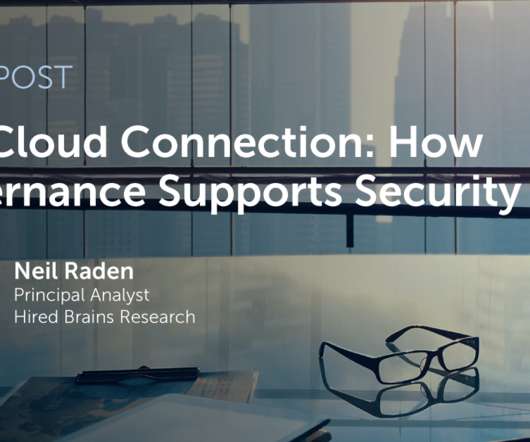10 Things AWS Can Do for Your SaaS Company
Smart Data Collective
FEBRUARY 20, 2022
Your SaaS company can store and protect any amount of data using Amazon Simple Storage Service (S3), which is ideal for data lakes, cloud-native applications, and mobile apps. Management of data. AWS also offers developers the technology to develop smart apps using machine learning and complex algorithms.
















Let's personalize your content